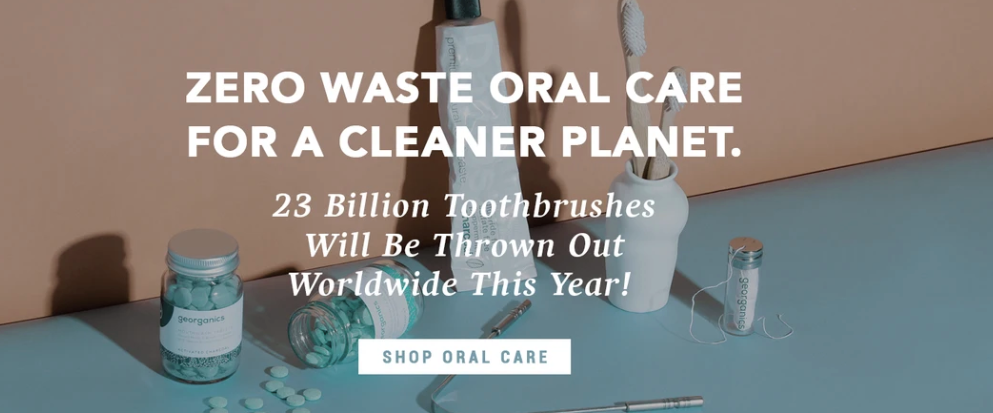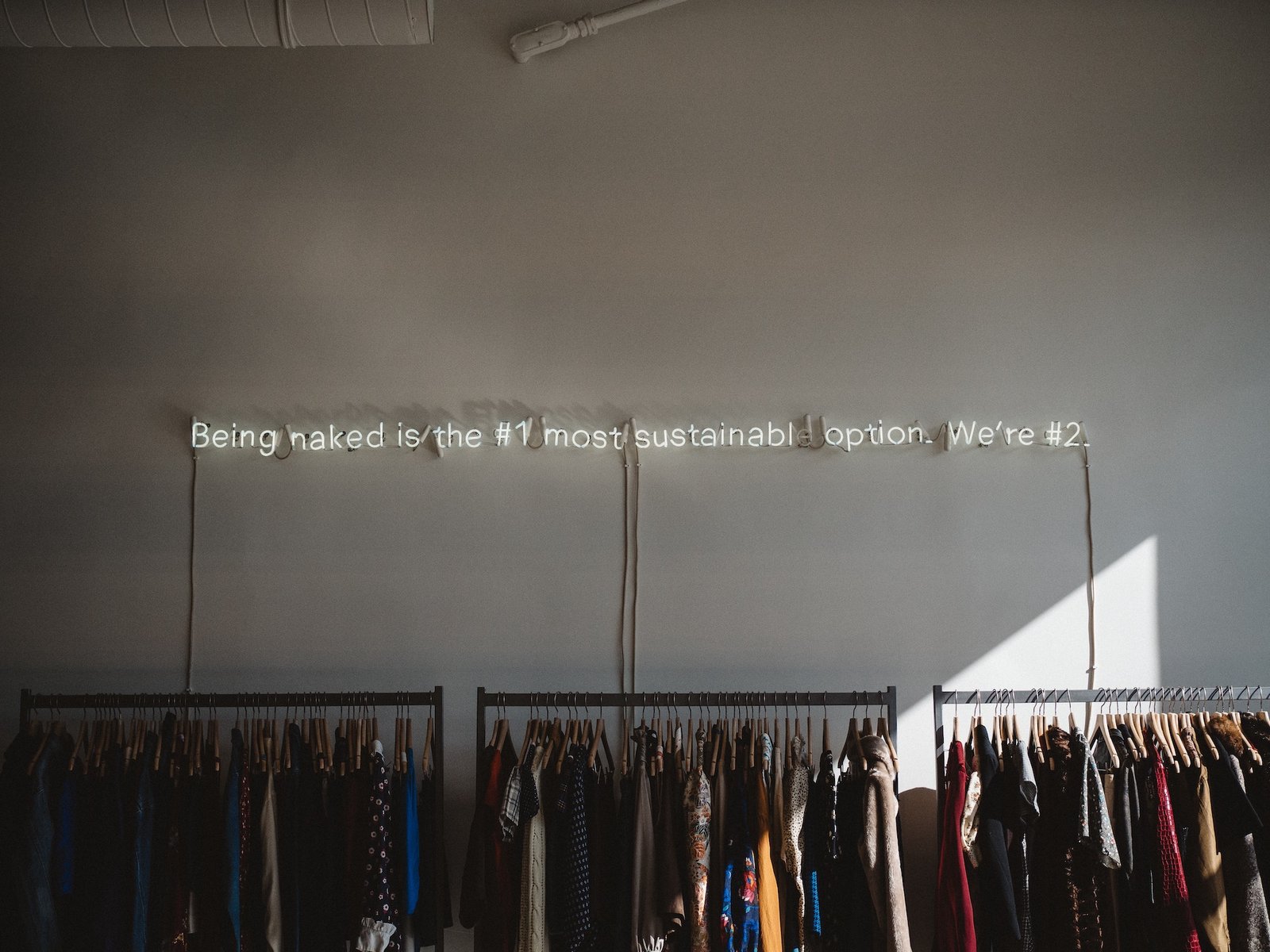As we dive into this new decade there isn’t one individual or company who isn’t aware of the urgent need to combat climate change. The only question is, how? From renewable energy expansion to innovative startups ridding the world of plastics to a growing zero waste movement, the need to take action is becoming clearer each day.
Many people entering into sustainable industries have worked their whole lives in older industries that focused marketing campaigns on discounting and pushing the latest products. From 2020 onward the values that will drive people to make a purchase will start to drastically change. Take Patagonia, a brand which is not only showing you how sustainable their products are but also connecting you to local groups that work to fight climate change.

Consumers are becoming more aware of products lifecycles and its impact at the time of creation, use and post use. From the plastic islands filling the oceans, to the high carbon footprint of the retail industry to the destruction that globalization has brought, people are starting to realize the impact of every purchase decision.
When planning marketing strategies for a sustainable brand there are many differences from “traditional marketing” that need to be taken into account. Here we have prepared the top 5 to get your sustainable brand off on the right foot in this new, green decade!
1. Value vs discount purchase decisions
We will start off with the most obvious. Consumers who are looking for sustainable products are not looking for the best discount in the market on some product made in China. They are looking for a brand with deep rooted values and proof of a supply chain process that won’t hurt our planet further. Take Package Free Shop for example, which has this pollution statistic on their homepage to really catch people’s attention.

Shoving coupons in these sustainable consumers faces won’t land you with more sales, it’ll hurt your reputation showing your audience that you are trying to encourage increased thoughtless consumption. As a sustainable brand your customers will need to consider their purchase before pulling out their credit card. You need to prove your credibility through transparency before you win a consumer’s loyalty.
2. You can bet that they will do their research
As we dig deeper into your target audience we will find that these individuals are not only educated but up to date on the latest sustainability news.
Saying that your brand is eco-friendly, organic or non-toxic won’t cut it.
Especially since the criteria for these labels is so loose and unregulated, consumers will start to give this messaging little importance. Instead, show them exactly how you are eco-friendly by explaining your business processes down to a granular level. Your customers will want to know:
- Where is this eco-friendly product coming from?
- What materials is this made from? Where were they sourced?
- How is this product going to arrive? What type of packaging and logistics will be involved in the process?
- Who assembled this product? What are their working conditions?
- What can I do with this product once I am done using it?

Pela Case, the 100% compostable phone case company, is a great example of this. Here you can see how they provide a detailed description of their phone case materials and the process of composting them. They also include customer review and photos of their products right on their website to help in the decision making process as shown above.
Get our impact marketing 2020 guide and more now!
3. Eco-Friendly Consumers are harder to get… but easier to keep
Don’t worry, the difference in marketing for these sustainable brands vs traditional marketing isn’t all bad! When your customer base is choosing your brand based on values instead of discounts they will be much more likely to be loyal.

Also, since the purchase decision for these consumers is a longer process including extended research and review analysis they will not want to jump to new brands having to restart the decision process. Take Blueland for example, their customers are so happy with the cleaning tablets that top celebrities like Kim Kardashion, who receive 300-500K per ONE Instagram post are raving about these products for free!
With so many brands running fake “sustainable” marketing campaigns, when you find a brand that walks the talk you simply don’t cheat on them.
When you are creating a loyalty program for your truly eco-friendly brand keep in mind that these consumers are with you because of your mission and values. When they earn points or rewards consider planting trees in their name, donating to a non-profit of their choice or mentioning them in your newsletter or social pages. These are not your average customers craving 50% off coupons, they are highly aware and impact driven people.
4. You are equally important as your brand
We will wrap up on an extremely important note. Conscious consumers are as interested in you as they are your brand. They don’t want to buy a reusable mug from a founder and team who use plastic cups at their office. The values these consumers are tapping into when buying your product are deep and personal, they want a safe planet for their children and family. They want to know who is behind this brand to make sure it adds up to common values and impact.
Use your social media and website to get personal with your audience. Share your entire team’s photos along with something personal and unique about them, which is aligned with your brand’s mission. The more authentic the better to create lasting relationships with your consumers!
Are you a sustainable brand looking to improve your marketing strategies? Schedule a free consultation now!

